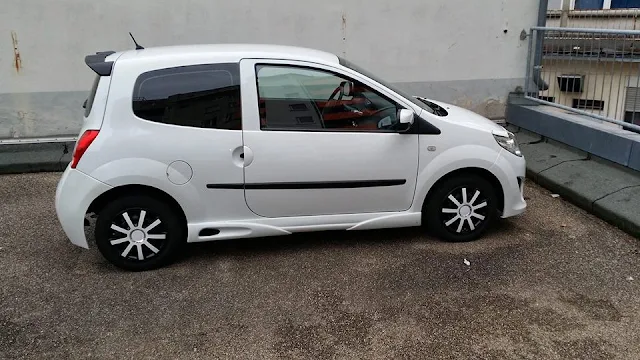Introduction
The second generation Renault Twingo, introduced in 2007, marked a departure from the original's radical design, embracing a more conventional aesthetic that aligned with the evolving city car market. This iteration was designated the Twingo II and internally known as the X44.
Design Evolution:
Whereas the first generation was notable for its unique, mono-box design, the second generation adopted a more traditional city car layout with a clear division between the bonnet and the cabin. It retained a certain level of the playful character of the original but in a more mature package. It was also larger, aiming to offer more space and comfort for its occupants.
Interior and Features:
The Twingo II's interior continued to offer versatility and practicality, with a focus on a more refined and contemporary feel. It offered a range of customization options, which allowed owners to personalize their cars extensively. The sliding rear seat feature was carried over, allowing for adjustable rear space.Engine and Performance:
The second generation came with a variety of engine options, including more efficient and powerful choices compared to the first generation. Engines ranged from the small 1.2-liter petrol engine to a 1.6-liter unit in the sportier RS model. Renault also introduced a turbocharged version of the 1.2-liter engine to offer a balance between performance and fuel economy.
Market and Reception:
The Twingo II was well-received in the European market, continuing the success of its predecessor. It was particularly praised for its improved driving dynamics and the higher quality of its interior. The range of engines and trim levels also meant that it could appeal to a broader audience, from those seeking economical transport to others looking for a sportier experience in the RS variant.Facelifts and Special Editions:
In 2011, the Twingo II underwent a facelift that included redesigned front and rear ends, bringing its appearance more in line with the larger models in the Renault range. Special editions and collaboration models, like the Twingo Gordini, offered unique styling cues and higher levels of equipment.
Legacy:
The second generation of the Renault Twingo continued the model's reputation as a strong contender in the city car segment. Although it moved away from some of the original's groundbreaking features, it maintained a characterful presence in the market until it was replaced by the third generation in 2014.





Comments
Post a Comment